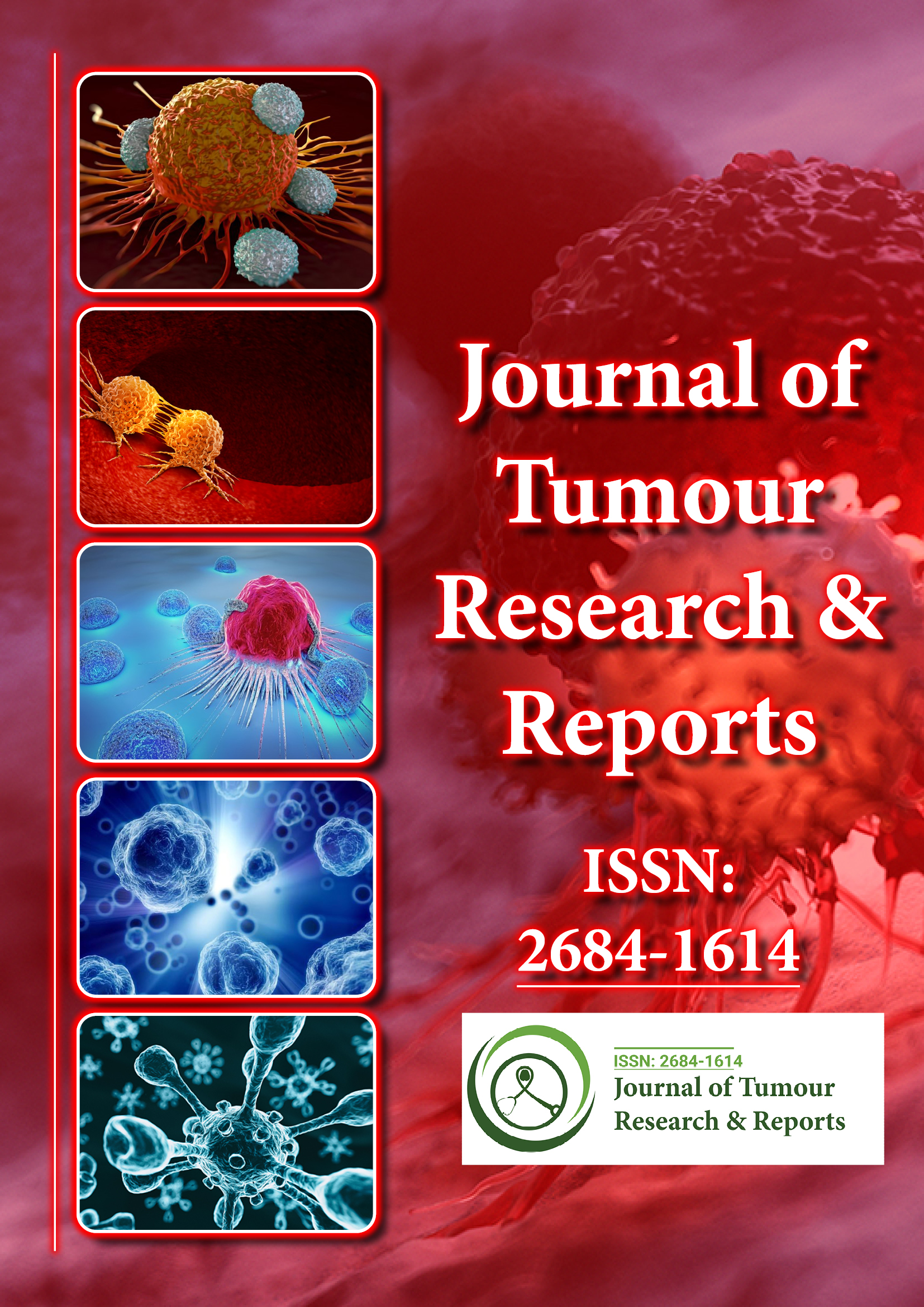Indexé dans
- RechercheRef
- Université Hamdard
- EBSCO AZ
- Google Scholar
Liens utiles
Partager cette page
Dépliant de journal

Revues en libre accès
- Agriculture et aquaculture
- Alimentation et nutrition
- Biochimie
- Bioinformatique et biologie des systèmes
- Business & Management
- Chimie
- Génétique et biologie moléculaire
- Immunologie & Microbiologie
- Ingénierie
- La science des matériaux
- Neurosciences & Psychologie
- Science générale
- Sciences cliniques
- Sciences environnementales
- Sciences médicales
- Sciences pharmaceutiques
- Sciences vétérinaires
- Soins infirmiers et soins de santé
Abstrait
Critical Role of a Novel Biological Marker GALNT14 Expression in Different Cancer Types
Yonca Erdal, Kubilay Dogan Kılıc, Hatice K Basaloglu and Mehmet Turgut
O type-glycosylation which binding of monosaccharides to Ser and Thr residues on receptor proteins is one of the most common posttranslational modifications. It regulates a variety of biological processes that including cell growth, signaling, protein stability and traffic analysis and cell adhesion [1]. O-type glycosylation is present in humans with at least 20 members, from GALNTl to 14 and from GALNTI to L6. It is catalyzed by GalNAc transferases which a large polypeptide in the Golgi complex [2]. In addition to their role in normal cellular processes, changes in O-glycan compositions alter GALNT expression and cause cancer.
Avertissement: Ce résumé a été traduit à l'aide d'outils d'intelligence artificielle et n'a pas encore été examiné ni vérifié